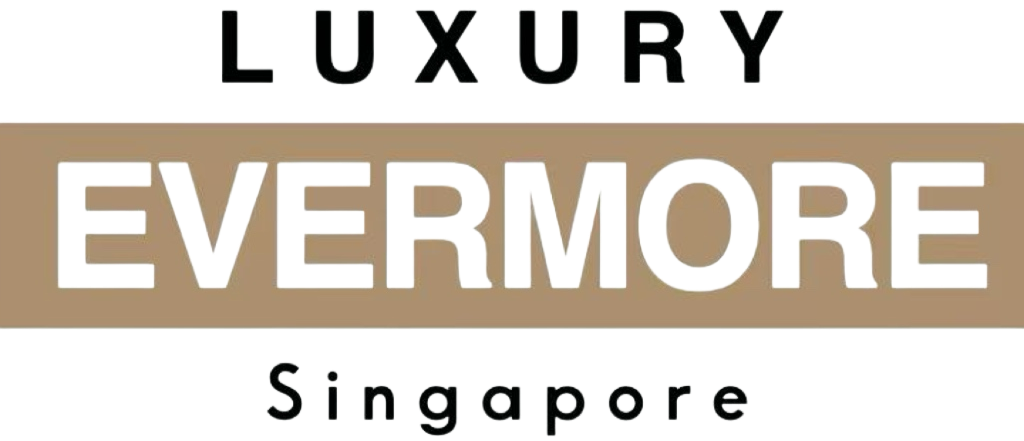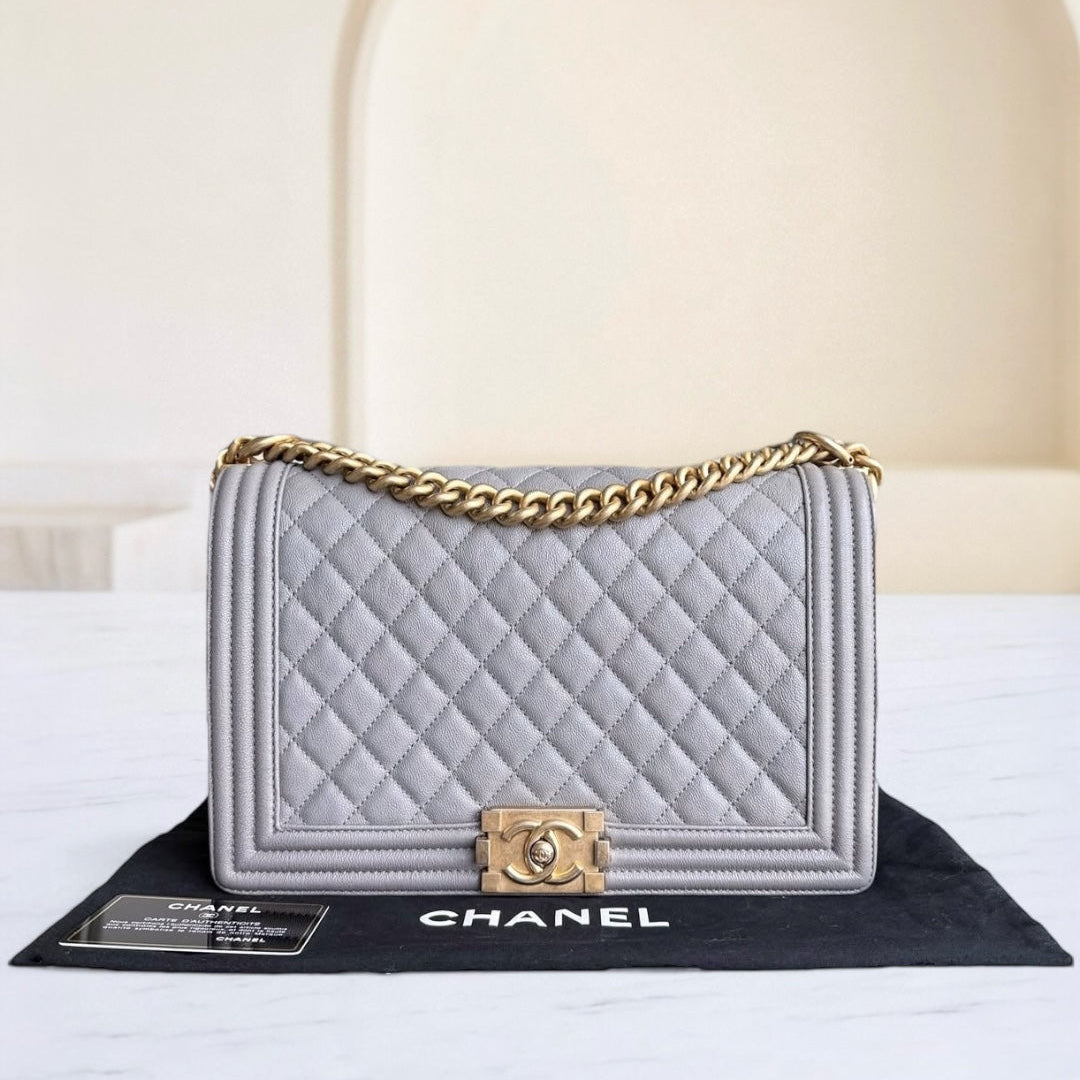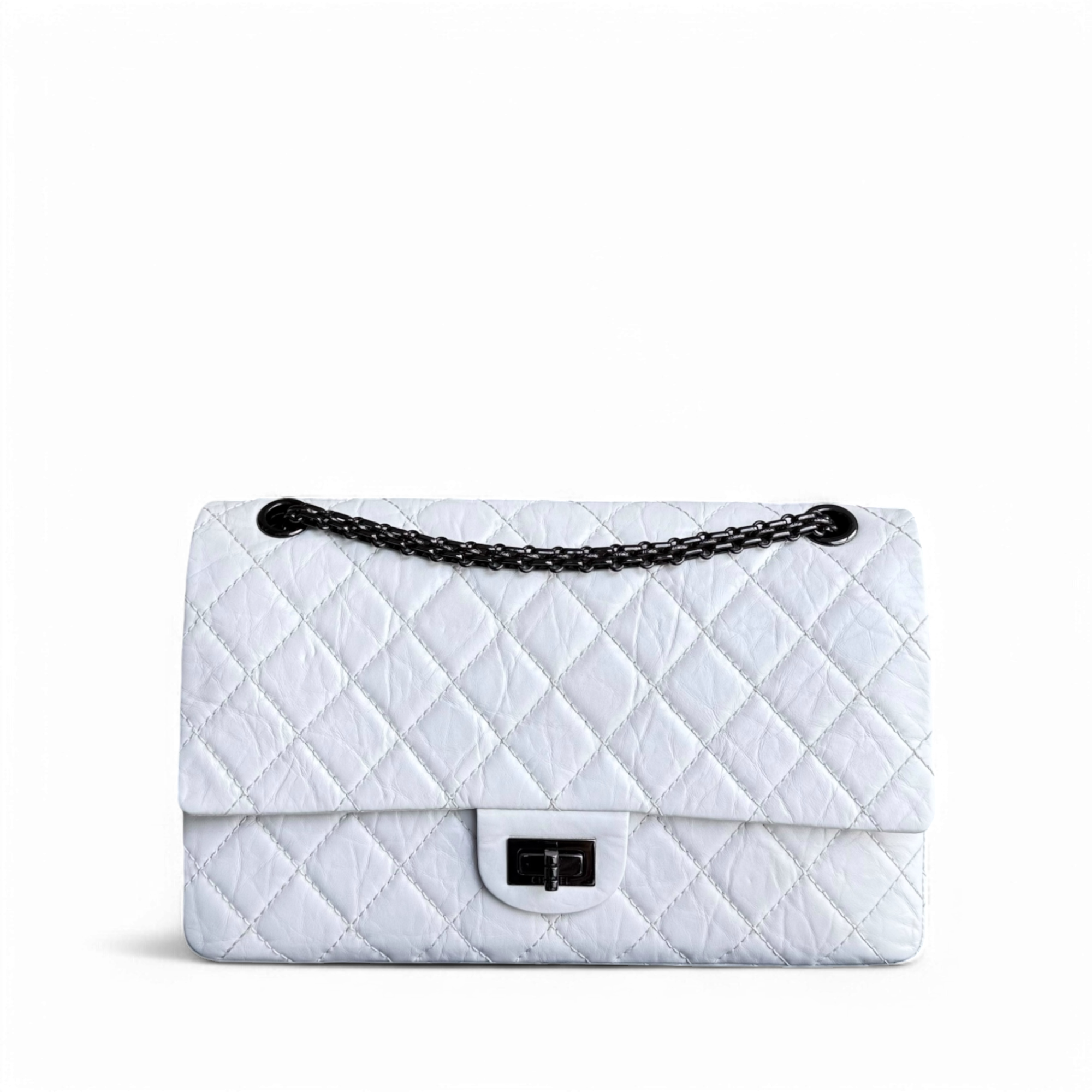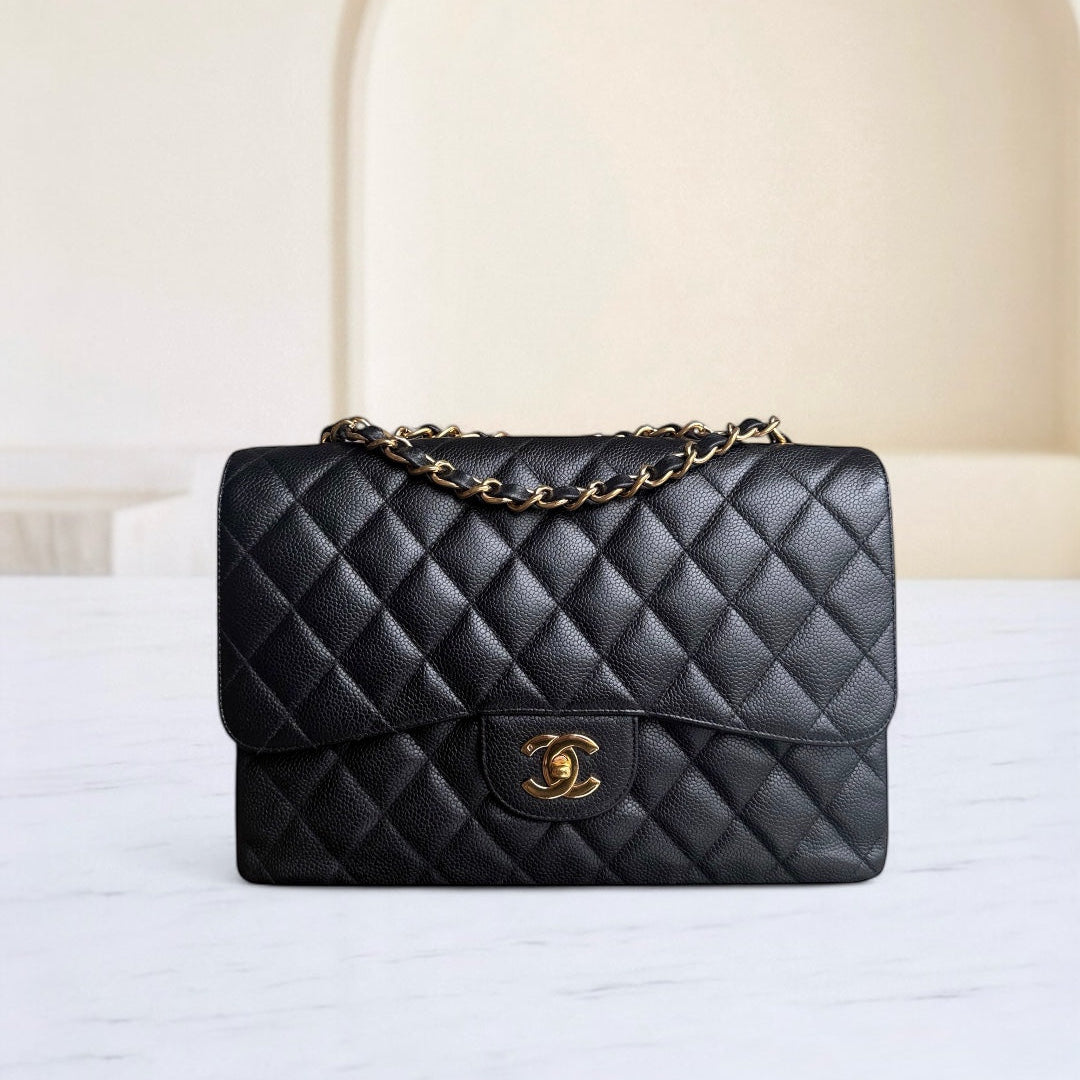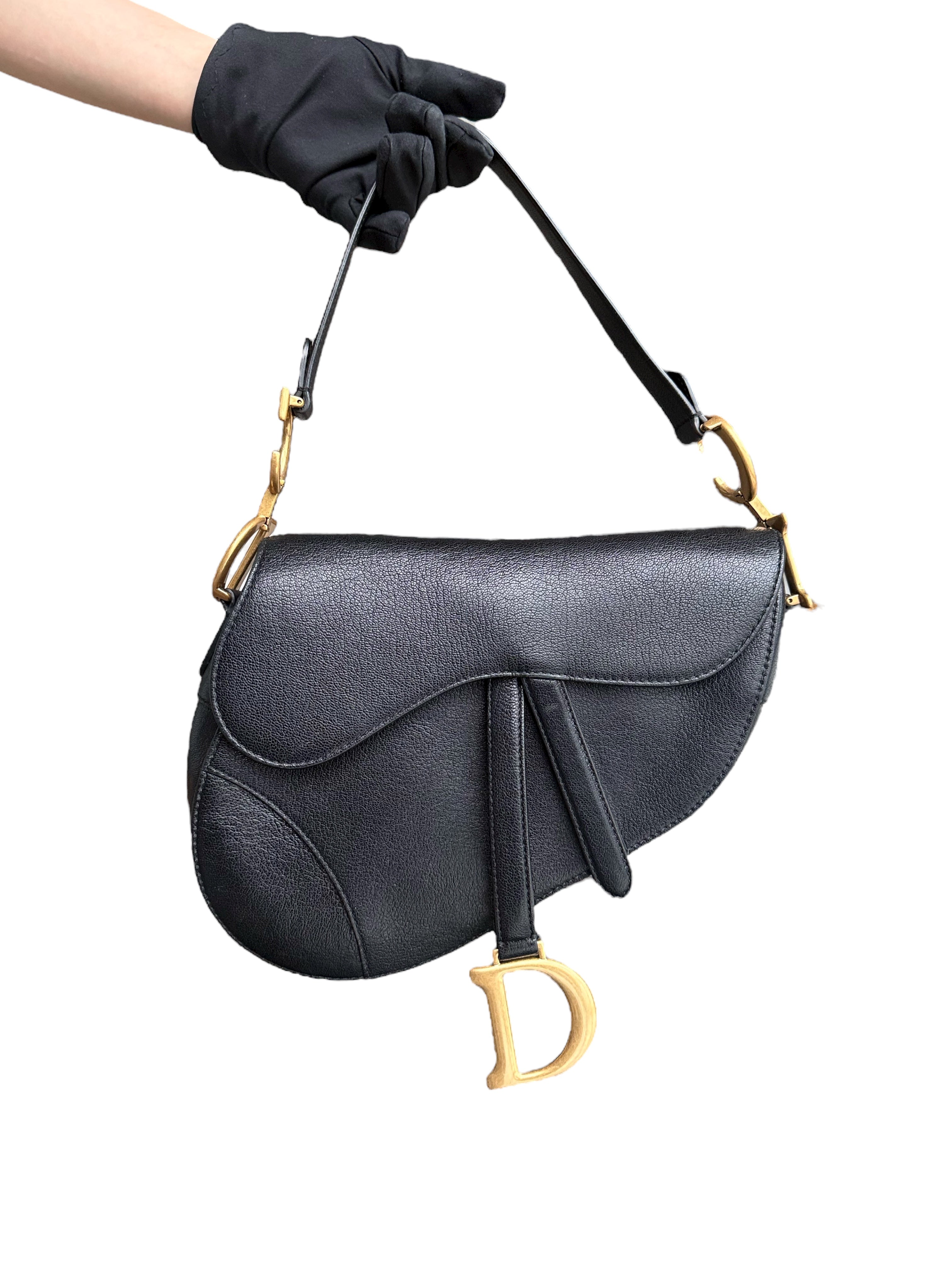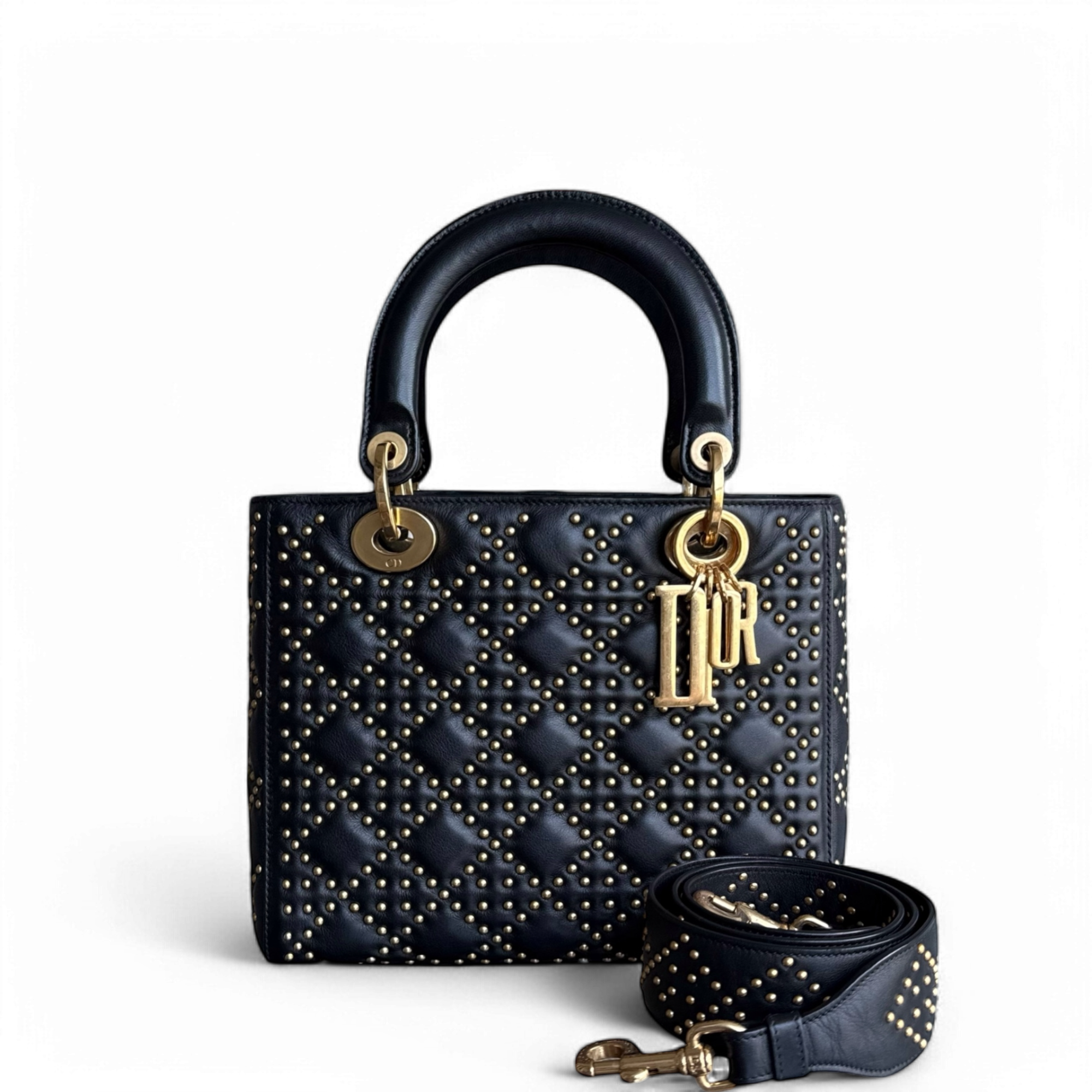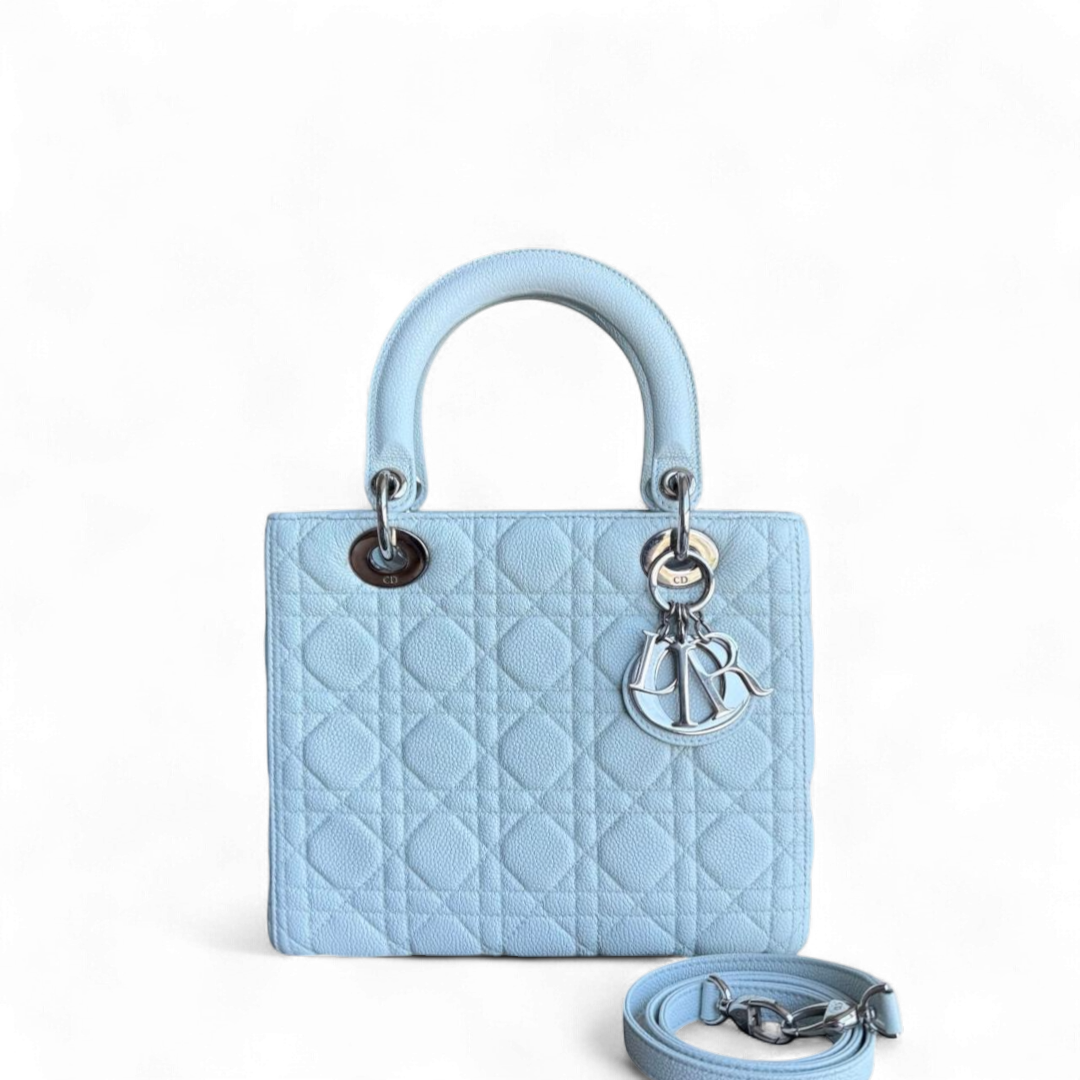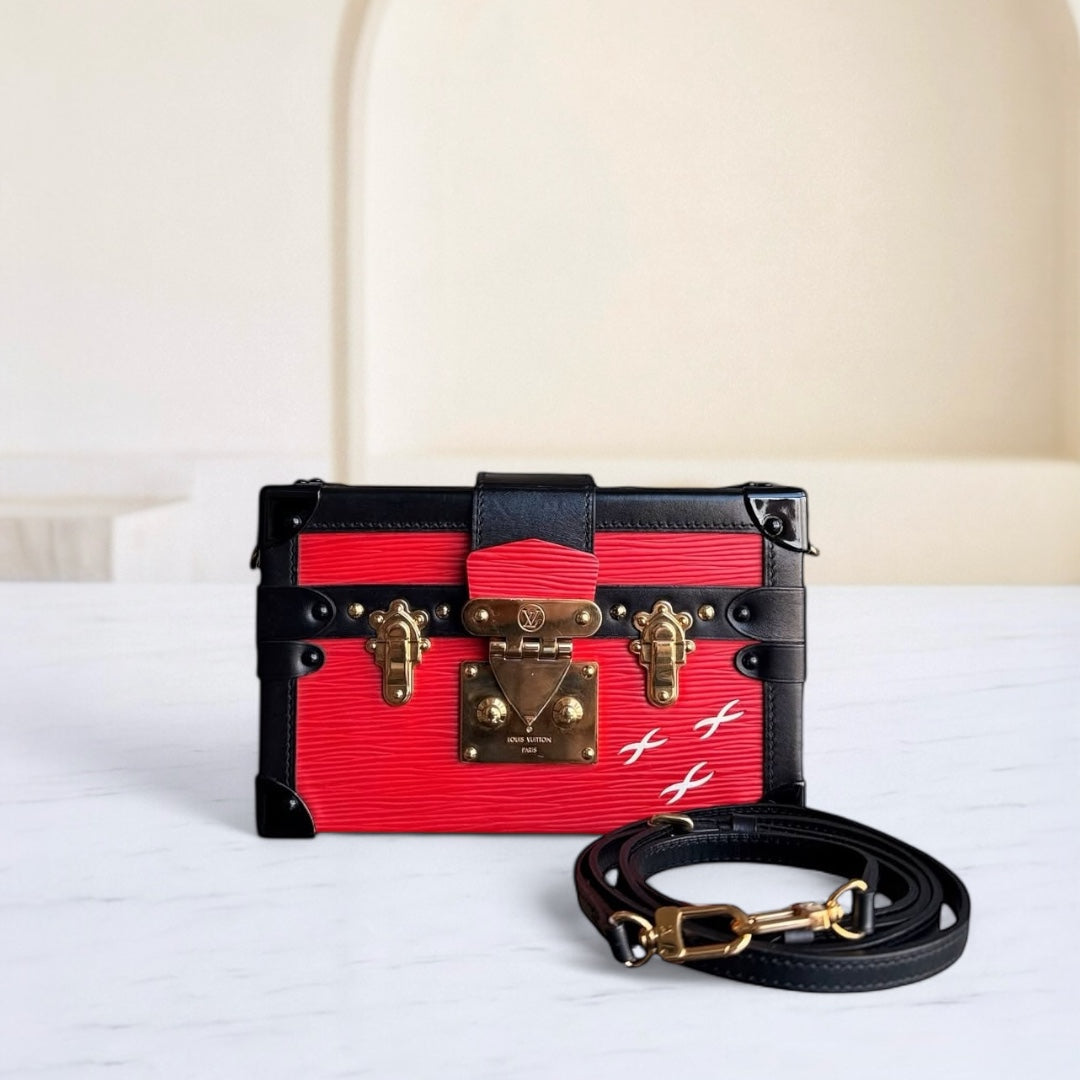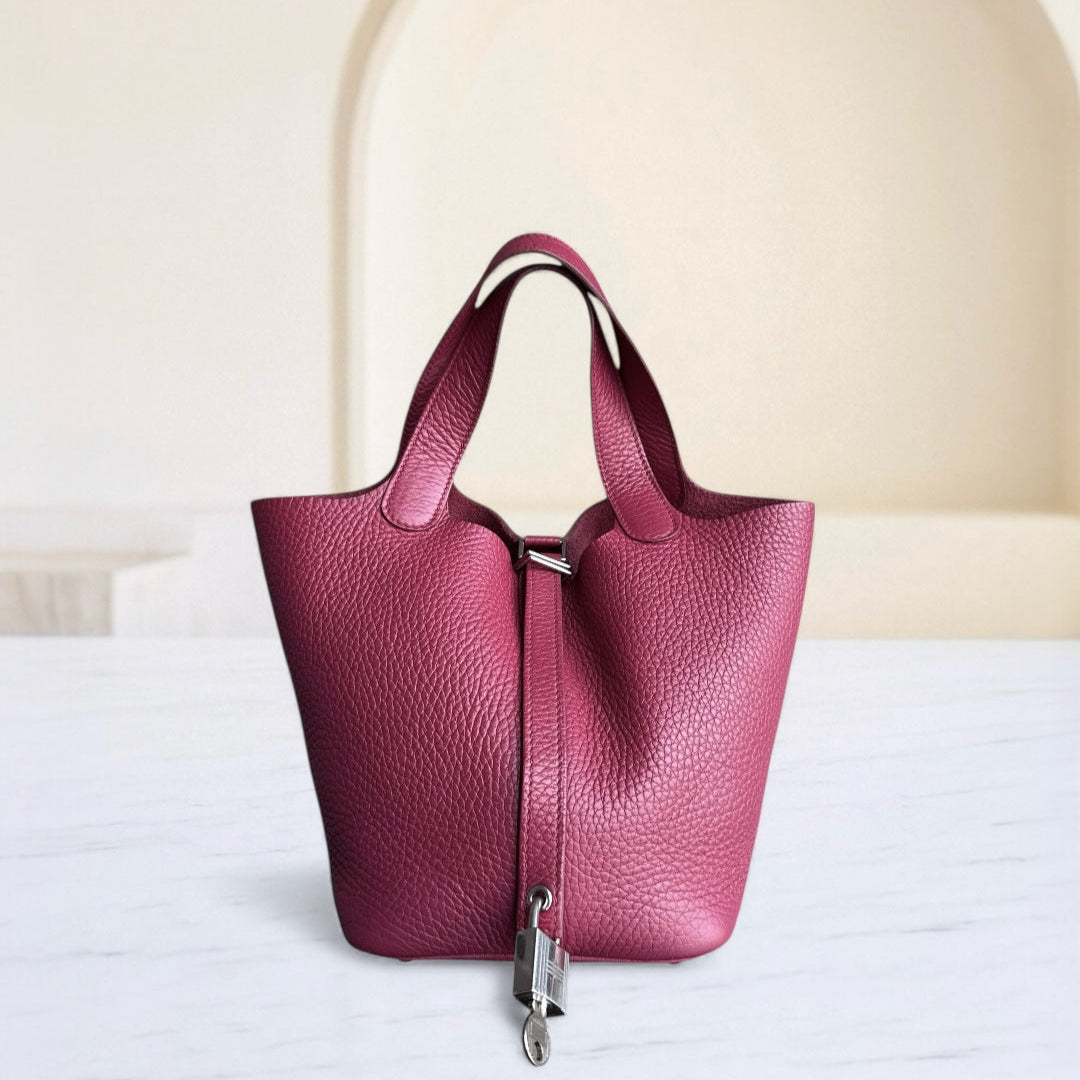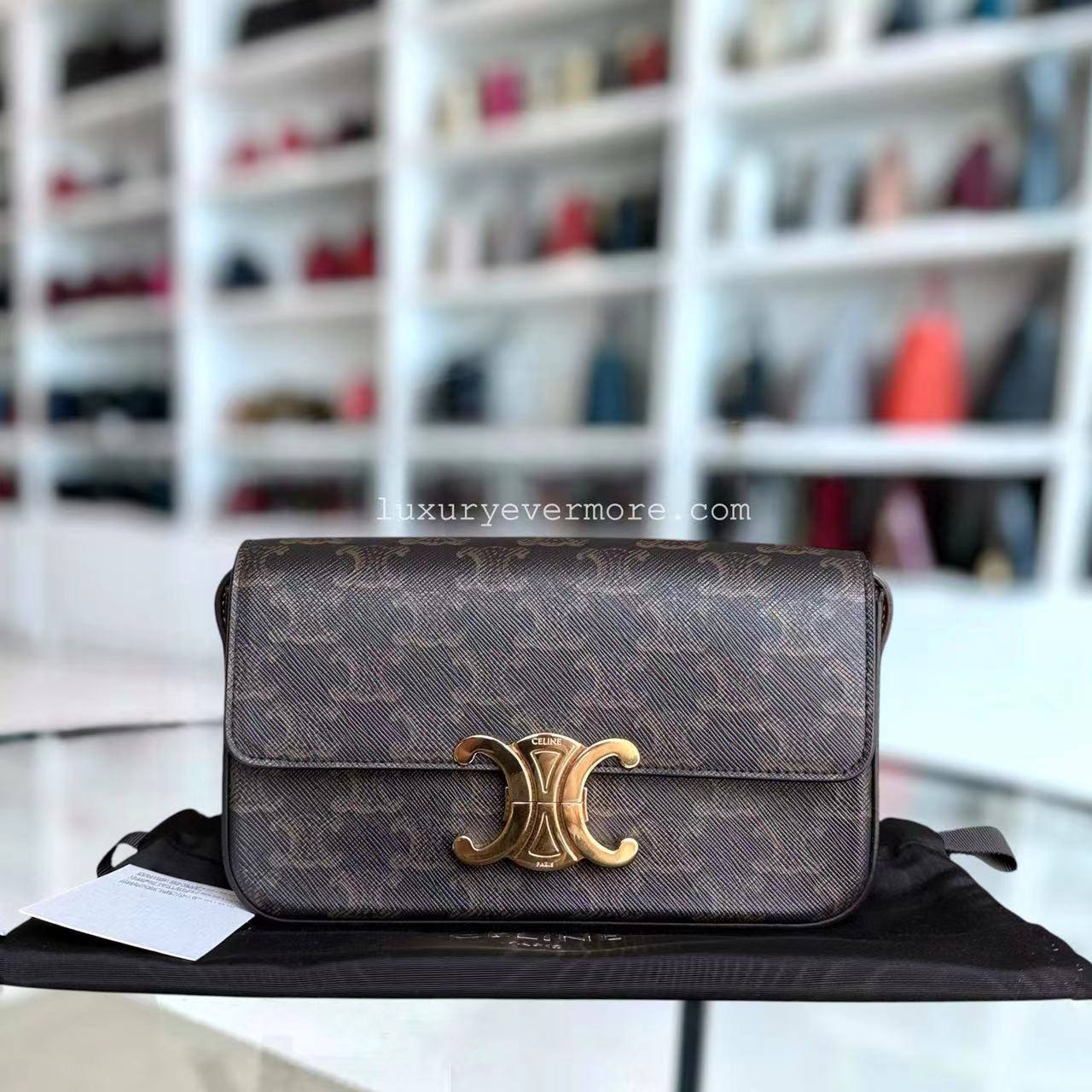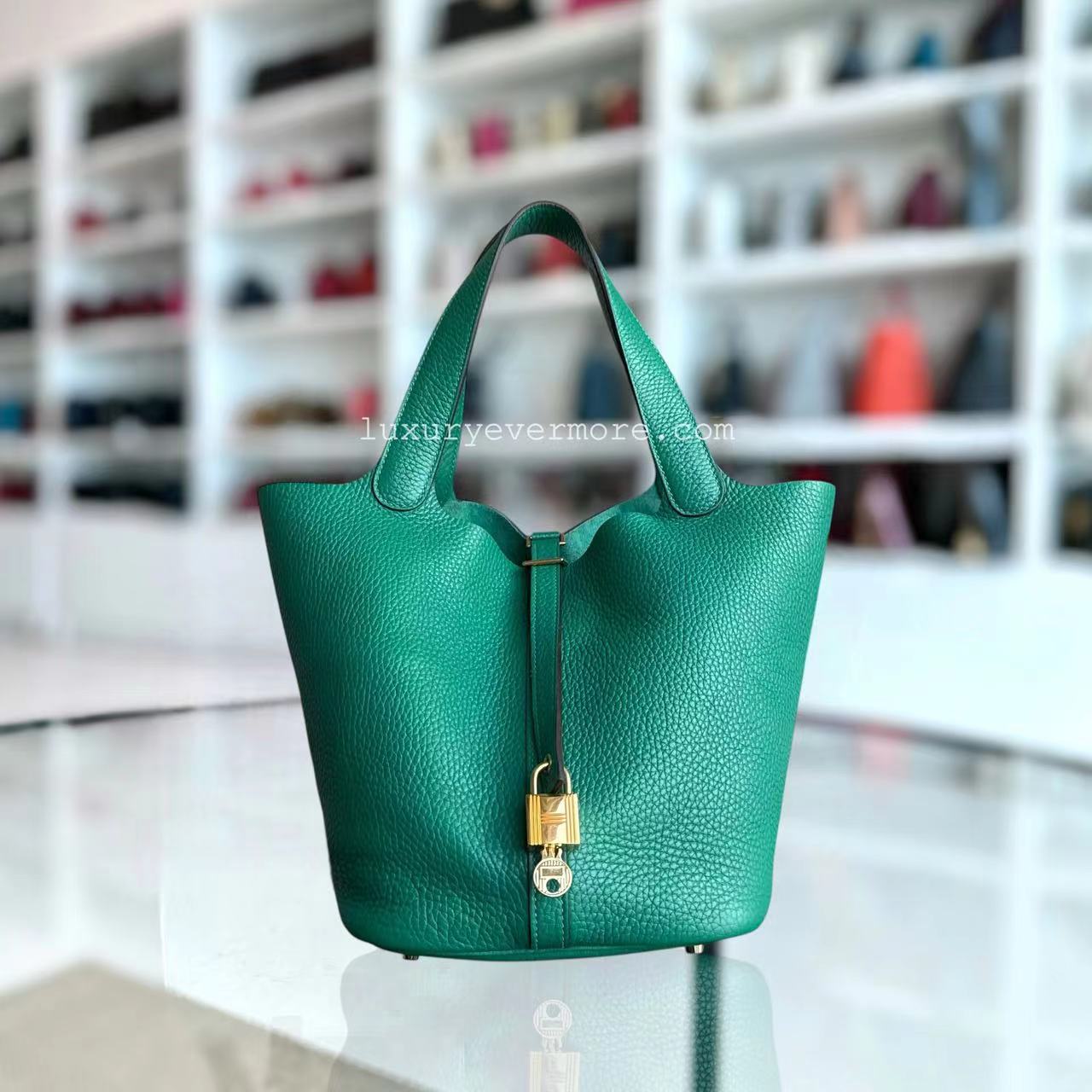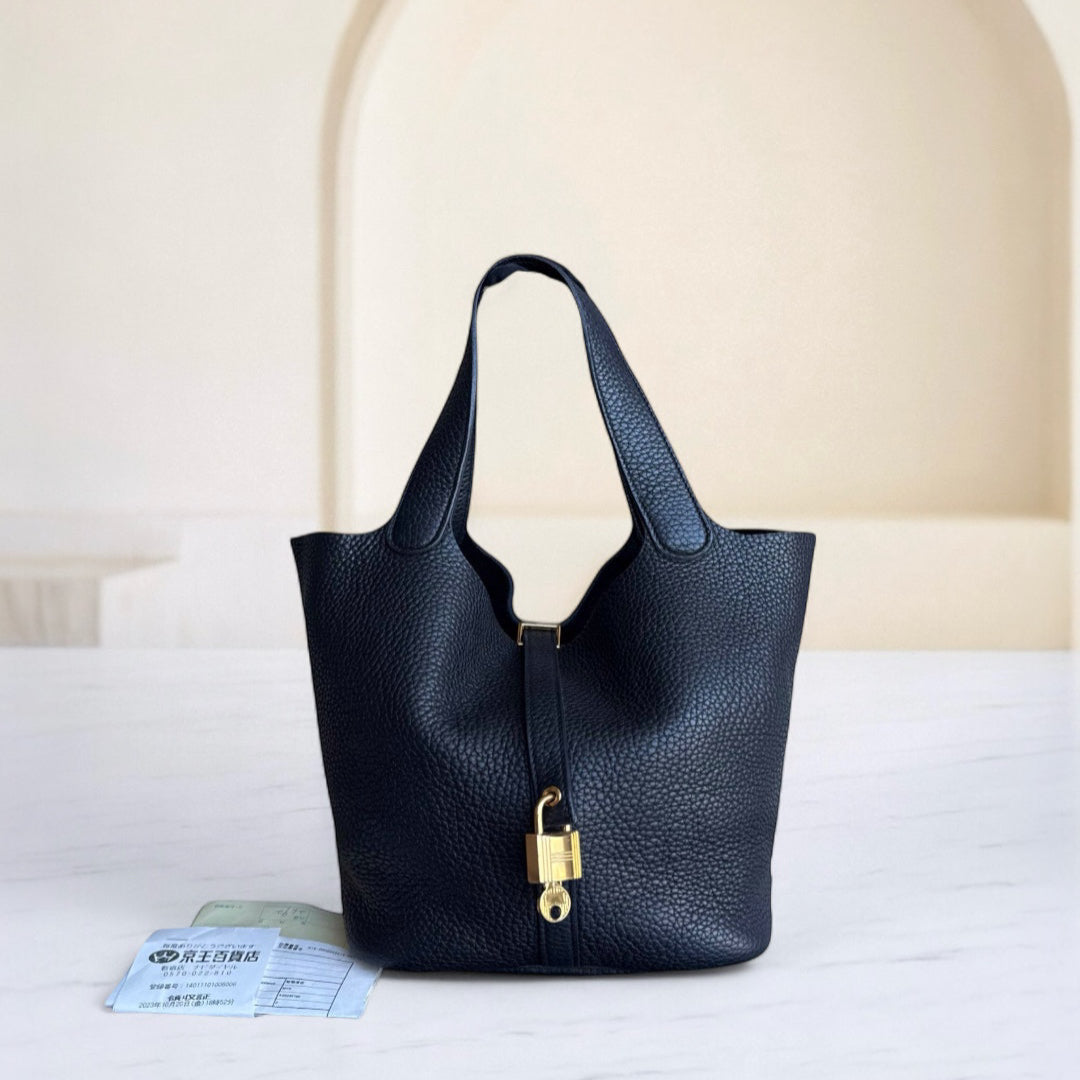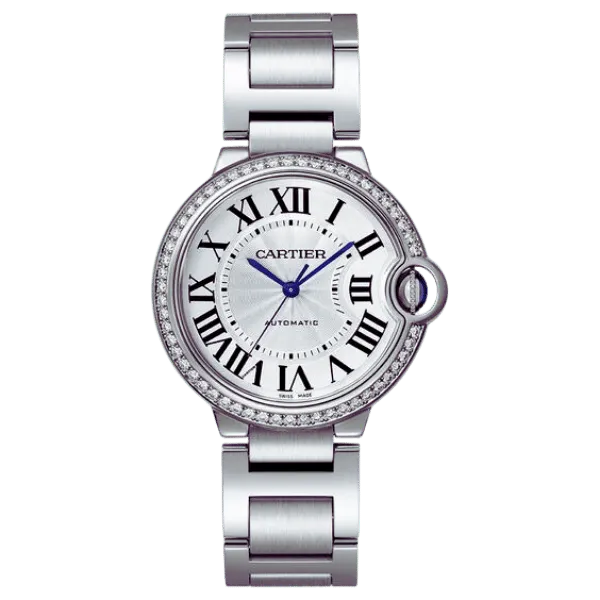Unlocking the Secrets of Diamond Price: Your Essential Pricing Guide
Guaranteeing diamond pricing is a multifaceted task that takes into consideration elements outside the four C's of carat, cut, color, and clarity. This guide aspires to provide you with a fuller appreciation of the intricate mechanics at play regarding the forces that determine the price of diamonds in current world market systems. We will examine how diamond valuing is approached in the market and highlight the more subtle decisive factors such as market forces, the certifying agencies, and politics. By doing so, this article aims to demystify these codes and furnish you with critical purchasing paradigms should you be an expert collector or a first-time buyer.
What is the Diamond Price, and How is it Determined?

The diamond price is defined as the amount of money that is put for sale on a diamond after a thorough analysis based mainly on the four C's: the carat weight, the cut quality, the color grade, and the clarity grade of the stone. Professionals evaluate these attributes using a system of grading established by certifying institutions of repute. Moreover, the diamond pricing formula is also influenced by market forces and trends, particularities of the politics that are present today, and trends that appear from time to time in the jewelry world. All of them contribute significantly to establishing the true value of a diamond in the world market.
Understanding Carat Weight and its Impact on Cost
The total weight of a diamond measured in carats is extremely critical in the market. It should be noted that the weight of each carat is two hundred milligrams. The cost of diamonds is based on a per carat basis which seems to be nonlinear. This true because as the carat number increases; the gemstone itself becomes more difficult to find. This results in the need for larger stones, making their market price increase tremendously.
For example, the cost of a one-carat diamond is $5 thousand, whereas that of a two-carat diamond is $12 thousand. The increase in price per diamond, therefore, is not only in the opening but also due to the premium size of the smaller carats. The extreme increase could also be inversely proportional to factors like the dyeing and the conception of the diamond. An individual aiming to purchase but struggling financially is advised to understand a few concepts before making such decisions as it is a very complicated process.
The Role of Clarity in Pricing
As it measures the amount and the degree of visibility of internal and external flaws, clarity is an essential determinant in the diamond pricing regime which includes ideal inclusions and blemishes. The Gemological Institute of America (GIA) has a set scale of clarity gradings, which includes Flawless (FL) and Included (I), which enable consumers to choose the right diamond grade according to their preference. Since diamonds that are graded with a higher grade such as ‘Flawless’ or ‘Internally Flawless’ (IF) are rare, they are expensive. On the other hand, diamonds that have visible inclusions are of lower grade and, hence, relatively cheaper. However, it's essential for clients to realize that many of the inclusions are not visible and cannot be seen by the naked eye, which provides an opportunity for the consumer to buy a diamond at a good price while maintaining its physical attractiveness.
How Diamond Cut Influences Value
The cut of a diamond is arguably one of the most important characteristics that affects its value the most as it dictates the amount of brilliance the gem can display. A skillfully cut diamond allows the light to enter through one facet and exit through the top of the diamond, thus giving the gem its optimal brightness. This aspect of cut variation in quality directly influences the look of the diamond, hence the market price. In grading the diamond, the Gemological Institute of America (GIA) uses a scale of Excellent to Poor. Those having high scores are more expensive because they perform well in terms of light and appearance. In contrast, the majority of the diamond cuts graded under the dull grades are lifeless, and this lowers the value of the stone. So, priority should be given to the cut quality while buying diamonds because it can be a good strategy to combine all three elements of the diamond: fire, brightness, and scintillation while also increasing the valuation of the diamond as an investment.
How to Read a Diamond Price Chart and Price List?

Interpreting the Price Per Carat
Knowing the price per carat is a fundamental metric of cost-to-size relationship analysis of the diamonds. The term carat” denotes the weight unit that is used to show the size of the diamond, and one carat is equal to 200 milligrams. As the weight of diamonds increases, the price per carat becomes higher because the size and weight of the gemstones are directly proportional to their value, owing to the exclusivity and beauty that larger stones provide. To establish the primary standard in the pricing of diamonds, the cost per carat is defined as the cost of a diamond divided by its carat weight.
For example, in the case of a diamond of 1.5 carats that is valued at $7500, the price per carat will be $5000 ($ 7500 ÷ 1.5carats). In most cases, different carats will yield numbers in their price charts in relation to color, cut, and clarity, which is one point of measure. The scale follows a geographic distribution — larger diamonds are rarer than smaller ones which is why the price does not simply increase in proportion to carat weight. Considering these charts, the analysis should not only focus on the carat weight but how the four Cs – cut, color, clarity, and carat weight – interact to determine the valuation. In sum when all these factors are understood, a purchaser will be able to make smart decisions and procure a diamond that will look good and would not be a financial strain.
Comparing Prices with the Rapaport Price List
The diamond industry has adopted a number of best practices when it comes to pricing gemstones; one of those best practices is the Rapaport Price List, Drawing on the four Cs of price determination: carat weight, color quality, clarity, and cut grade, the price list gives a clear structure to the price of a diamond as per its listed specifications. The list puts emphasis on the ‘4 Cs’ of diamond classification, which industry professionals use on a weekly basis when conducting diamond purchasing. The following procedure summarizes all there is to understand about the Rapaport Price List :
- Carat Weight: The Stern Group, which is responsible for availing the list, divides pods of weights in carat increments such as: 0.3-0.49, 0.50-0.99, 1.00-1.49, and so forth. Carat size which includes the price band from 0.3 to 0.39 and that ranging from 0.4 to 4.99 all have a mark which reflects an increase in price carat wise volume.
- Color Grading: The list includes color grades in the range of D-Z with diamonds that fall in the D spectrum having the uppermost end of the grade, whereas Z diamonds are a light-colored footprint – The grading impacts the more sought-after gemstones, colorless diamonds, as they now attract higher prices.
- Clarity Ratings: Typical diamond gem grading scale range from Flawless (FL) to Included (I1, I2, I3) and this greatly impacts the value as more inclusions visible means lower price – this effectively helps with determining prices of diamonds.
- Cut Quality: The Rapaport Price list is devoid of any mention regarding cut quality which is okay because cut grade facets impact the overall price of the diamond for sale. Perfect cut designs be it ideal cut as a recommended option or an excellent cut will easily be more on the expensive side as they determine the light reflection from the stone.
- Price per Carat: Each category in the list provides a base price per carat. Once the backing of the list has been removed, you take the price per carat of the diamond and multiply this by the weight of the diamond in carats, and then apply any deductions or premiums relating to features that the list does not adequately reflect.
In the opinion of many industry leaders, it is the Price List that is indispensable in establishing a benchmark of pricing, conducting transactions and understanding the position of the market. It allows purchasers and vendors for this purpose to agree on any protocols for prices while taking into account the texture properties of each stone.
Factors Affecting Current Diamond Prices
There are several key elements that affect the pricing dynamics of the diamond market. Fluctuations in consumer confidence or income levels can cause indifferent circumstances regarding the demand for diamonds as luxury goods. Also, mining output and geopolitical circumstances are among the global supply chains that can affect price and supply. On top of that, the expanding market for man-made diamonds and the rise of synthesized diamond technology add further competitive pressure to existing natural diamond pricing. Together with all these factors, changing patterns of consumers toward ethical and sustainable procurement add up to the mosaic of diamond pricing.
What to Consider When Buying a Diamond Engagement Ring?

Choosing Between Natural and Lab Grown Diamonds
There are many price and market factors to consider when choosing between natural diamonds and lab-created ones. One naturally formed diamond has its own technical characteristics unique from the rest since natural, or real, diamonds formed over billions of years deep in the earth's pressure and heat. Lab grown diamonds are created using methods with identical physical properties including Chemical Vapor Deposition CVD and HPHT.
- Cost and Value: The cost of lab-created diamonds barely cut a hole in the pocket and, as a result, is usually 20-40% less than the cost of a real one. What creates this difference in cost are the costs of production and the high demand for mined diamonds, which automatically makes it much more expensive. The resale value of a real diamond is much higher than that of lab grown diamonds as the market has a completely different opinion as to what each is worth.
- Environmental and Ethical Considerations: Diamonds that have been manufactured in factories have been of interest to many due to the high standards they are produced with; very minimal damage is done to the environment since they do not have to be mined. This appeals to the modern consumer, as they are more attracted to brands that have healthy and environmentally sustainable initiatives.
- Consumer Perception and Preference: It’s clear that even two material objects with identical features may elicit different responses from consumers but the same type of emotional response; in this regard the emotional response, most buyers seem to attribute an aspect of rarity and luxury to natural diamonds which in turn boosts their price. There is a section of buyers who view natural diamonds as something to pass on from generation to generation, and then there are those who are more impressed by the advancement in technology, which are represented by lab-grown diamonds.
Considering all factors, I would say that the option taken between using natural and lab grown diamonds hinges upon an individual’s factors of passion, cost, ethics, and value – based on these factors each person does their market research and selects what is closest to their prioritization structure, and in this case, it helps them to buy an engagement ring.
Evaluating Diamond Quality for Engagement Rings
When it comes to selecting engagement rings, the most important aspect is evaluating the diamond's quality. A diamond's quality is determined by the Four Cs: Carat weight, Cut grade, Color grade and Clarity grade.
- Carat: This is the unit of measurement used to weigh diamonds. 1 carat is equal to 200 milligrams; the bigger the diamond, the greater the core value, although other aspects could affect the overall value.
- Cut: The manner in which a diamond is cut determines its brilliance and scintillation. A diamond cut well refracts light elegantly which improves the essential features of the diamond. A diamond's grade might range between excellent and poor, with precision and craftsmanship being critical.
- Color: The color of diamonds is graded from D color (Colorless) to Z color (keen color). Colorless diamonds are extremely valuable and in most cases among the preferred choice; however, these preferences are heavily subjective.
- Clarity: Clarity measures diamonds by the clarity of features including internal inclusion and external blemishes. This is usually rated from Flawless to Included. Higher grades mean a diamond has effectively fewer imperfections and hence costs more.
When bearing in mind these aspects, the client has the opportunity to choose an ideal diamond with regards to its rarity, aesthetics and cost for the engagement ring.
Understanding the Price Range for Different Carat Diamond
The various prices of diamonds may be understood by considering the importance of weight. Larger diamonds are inelastic in price, as per carat weight there is a greatly increased price due to the scarceness of large diamonds, a 1 carat diamond cost will generally range from 2000 to approximately 20,000 dollars. Presently, some diamonds weigh 1 carat; however, it may be worth noting that the 1-carat diamond has a price range value that may be determined by the cut, color grade, and internal cleanliness, also 1250 per carat, or conversion up to 20,000 dollars. As a carat's size increases, the price can rise more dramatically; for example, a diamond 2 carats in weight could cost upwards of 30,000 dollars, and 3-carat diamonds can cost as much as 50,000 and even more. Such buyers must consider these price references offset by the Four Cs measure of quality in order to have a perfect equilibrium between stone size, diamond quality, and price.
How to Use a Diamond Price Calculator to Get the Best Deal?

Steps to Calculate a Diamond's Price
- Determine the Carat Weight: Carat weight is also vital since It affects the price, identify the carat weight of the diamond you are interested in.
- Assess the Cut Quality: Determine the cut quality and the diamond’s value. Focus on grading scales ranging from ideal to poor.
- Examine Color Rating: Look for the diamond's color grade. Colorless diamonds will be above in terms of value.
- Inspect Clarity Grade: Collect the clarity rating to see visible inclusions and or blemishes.
- Input Data into Calculator: Search for a diamond price calculator on the internet, carat, cut, color, and clarity parameters are to be input.
- Compare Results: Contrast the computed price against several sellers to assess competitiveness and value.
- Consider Additional Costs: Setting costs as well as taxes must be included to have a realistic total.
Benefits of Using a Diamond Price Calculator
There are considerable benefits to using a diamond price calculator, which aids in decision-making processes that involve managing a budget. Firstly, it affords a certain degree of understanding of the diamond buying process in that it helps the buyers know how other factors, such as carat, cut, color, and clarity, affect the pricing of the diamond. This transparency, in turn, is backed by facts and figures, thereby ensuring that the risk of paying more than necessary for the diamond is mitigated.
Moreover, these also allow customers to seek the best prices from other dealers at the same time, thereby increasing competitive market forces and appealing to consumer instincts. The need to understand specific details and be quoted prices lowers the overall marketing cost and ensures that buyers do not act on persuasive marketing. Taking into account the selling price and taxes included, consumers can evaluate their options and seek the best deals according to their wishes and capabilities. In a nutshell, a diamond price calculator is groundbreaking in determining the levels of desired diamond attributes and capital outlay on them.
Ensuring a Fair Price with Accurate Calculations
In order to provide a competitive estimate that will not be further diminished by inaccurate estimates, it is vital to choose a diamond price calculator based on the data of leading diamond sellers. The first three sites have strong features that prepare the customers for the Four C’s cut, color, carat, and clarity by illustrating how they affect the final price of the diamond. They also stress the fact that before making such an estimate, it is necessary to look around and compare the prices with the same class diamonds in order not to exaggerate the value of the diamond being sold. They add that such alterations are also necessary, as per the calculation for the entire diamond estimate, the insurance, and the certification, which would be added. By using these inclusive calculators, diamond buyers will be able to purchase diamonds at actual market principles thus making the process of their acquisition clear and accurate.
What are the Latest Trends in the Diamond Industry?

Understanding the Shift Towards Lab-Grown Diamonds
The diamond market is undergoing a structural transformation with the increase in demand for lab-grown diamonds; innovations in technology are also a contributing factor to this transition. Lab-grown diamonds are made using high-pressure high-temperature (HPHT) or chemical vapor deposition (CVD); they are chemically and structurally the same as natural diamonds and are marketed as an environmentally friendly alternative. Statistics have proven that from 2020 up to 2025, we are witnessing an increase in growth rate of above 15%. The process of diamond mining contributes to the destruction of habitats and increased carbon emissions, which affect the climate; hence, people appreciate these diamonds as they are eco-friendly. What's more, lab-grown diamonds have appealing price tags of 20-40% lower than natural diamonds, all the while being of equal quality. Companies that manufacture and sell jewelry affirm that the emerging trend among young people is to purchase reasonably priced lab-grown diamonds, which makes them more affordable as they are now set to dominate the market.
Price Fluctuations and Their Impact on the Diamond Market
The diamond market continues to be a strong force, however, like any other economy out there this market is not without its effects. There is a direct connection between all activity in this particular market and general economic events such as supply chain challenges, wars, and even shifts in consumer taste. The effects, in turn, lead to some price gauging and poor stock levels for the shops, which disrupts the price elasticity of the businesses. From the perspective of the final buyers or the consumers, the constantly changing price of diamonds may affect the likelihood, consistency, and kinds of purchases, along with a more cautious investment in diamonds. All these issues, in turn, make it necessary for the players of the marketplace to use the most modern and advanced tools and methods of analysis and market intelligence to foresee and deal with these fluctuations, all in an attempt to keep uniformity in pricing and flow of goods.
Technological Advances in Diamond Buying
The diamond buying process has been completely changed by technology due to the improvement of both retailers’ and customers’ interaction. Three directions are worth highlighting: the applications of virtual and augmented reality, blockchain, and artificial intelligence. VR and AR tools enable the customer to simulate putting the jewelry on, which gives them a realistic preview and aids their decision-making process. The application of blockchain technology helps in diamond verification and also provides assurance since it offers an easy way to trace a diamond from the mine to the market. Besides, AI systems exploit the customers’ buying behavior and suggest customized jewelry pieces that fit one’s preferences in order to facilitate the purchasing process. Overall, the innovations mentioned above provide a more interactive as well as a more reliable diamond buying experience.
Reference Sources
Frequently Asked Questions (FAQs)
Q: What factors affect the diamond price per carat?
A: The practice of pricing diamonds is the same across the world, though it varies across the market. It involves a combination of factors like the diamond’s cut, grade quality, and clarity, as well as the market price per carat. Ceterus Paribus, embossed diamonds that are certified cut out tend to have higher prices in the cut weight; therefore, there are higher prices in carats for very popular colors. Also, the price works according to the market's supply and demand index.
Q: How has the diamond price history evolved over the years?
A: It can be gathered from the global events continuously taking place and influencing the economy, the supply and demand, and newer sources of diamonds. They have historically been monotonous in pushing prices higher, though there are factors that may propel them down for a short span. If the source of diamonds were to be the only influence on the price, the price would always be on the increase, and that factor alone would never be enough to guarantee an increase all the time.
Q: Where can I find a reliable diamond price list?
A: Registered and licensed diamond dealers and industry opinions provide valid standard price listings. Standard listings portray average prices purporting different grade and size of diamonds. Round diamonds, 1carat diamonds and 2 carat diamonds are popularly priced as such.
Q: Why are loose diamonds less expensive than mounted diamonds?
A: The difference in price between mounted and loose diamonds comes down to the diamond itself, the price of which is assigned based on the physical attributes like carat weight, color and clarity. Mounted diamonds have some additional expenses and these may include setting and design which will alter the price.
Q: Why would a diamond buyer want to stick to their budget when purchasing a diamond?
A: When working on a budget, it is best to stick to 4 Cs as they will lead you to the best diamond combination; these are cut, color, clarity, and carat weight. More care is needed when selecting clarity or color quality, such as an color diamond or an SI1 clarity, as they are of lower grade but differ in overall quality, but if you buy a certified diamond, you would know what you are paying for and what you will receive.
Q: What explains the price difference between a 1-carat diamond and a 1-carat rose-cut diamond?
A: A 1-carat diamond will never have the same price tag as a round diamond because their cut and the actual shape are different. Due to a round cut being more in demand, especially for its shimmer - more people are willing to pay for it, resulting in the price difference between a 1-carat round diamond and its other variants.
Q: How much is the price disparity between the 2 and 5-carat diamonds?
A: The difference in price between a 2-carat diamond and a 5-carat diamond is maximum. As per my understanding and insights, I justify that as part of the mass, the diamond is more – densely populated than the carats lower than it. Naturally, this results in a rise in price. Therefore, it's also circumstantial and dependent on various factors, such as demand and supply.
Q: Does a diamond's fluorescence on the surface layer impact its value?
A: Fluorescence impacts the worth of a diamond in jewelry making and the appearance of the diamond. It is understood better that terms like the grade, cut, and working angle can significantly impact the refractive properties of a fluoroscope, so depending on the intensity, a diamond reveals itself. That being said, the lack of preference among consumers does indicate its lack of negative impact, while enhancement is also possible.
Q: Are some colors of diamonds more expensive than normal colored diamonds?
A: Yes, there are some instances where diamond colors differ when assessing their value. Inside the parameters, D, E, and F diamond-graded diamonds exist and are desirable due to their proximity or best characteristic – which is colorless. Fancy light blue or blue diamonds, on the other side, are rare and, due to their uniqueness, often see a surge in demand.
Contact Luxury Evermore should you need help with acquiring or building up your collection. There is a variety of brands with different styles, as well as sizes, and colors, for example, Hermes, Chanel, lv and Dior. If you are not lucky enough to find the bag you are looking for on our website then our concierge team will probably be able to order it for you. We provide 100% authenticity guarantee for all our bags, and any item sold on this site will be dispatched to you within one to two business days upon receipt of the payment.
